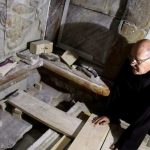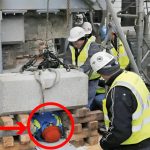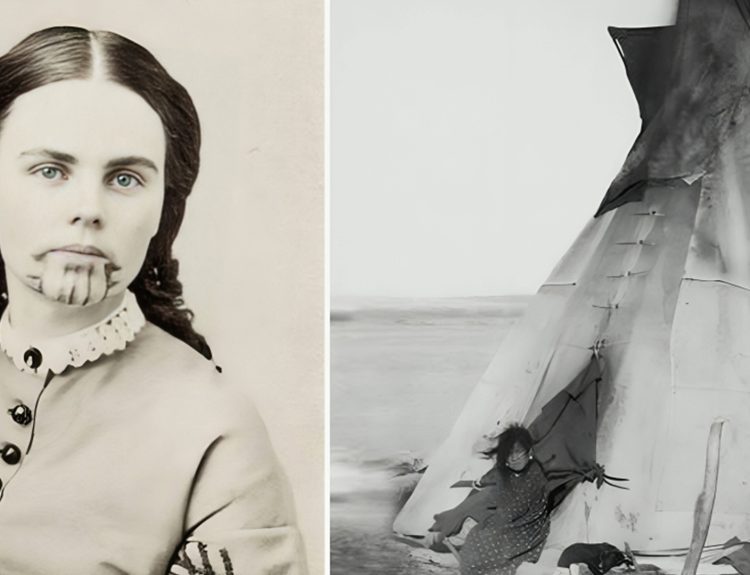Paul F. Renda, shares a deeply personal and poignant account of his experience with the recovery of his safe deposit box contents from the J.P. Morgan Chase vault located beneath the Twin Towers. This extraordinary tale not only sheds light on the devastating impact of the 9/11 attacks but also highlights the indomitable human spirit and the preservation of historical artifacts.
Documenting History For Future Generations
One of the most remarkable aspects of Paul’s story is the video he possesses, a rarity that has only been seen by a select few. He has chosen to share this historical document, recognizing its potential significance for future generations.
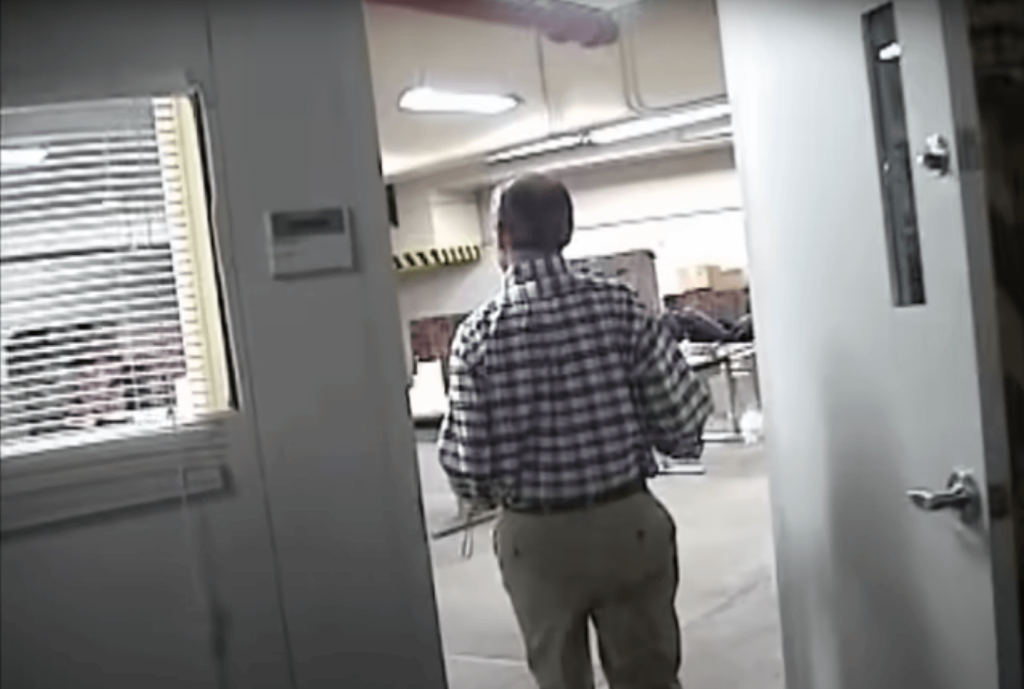
The content not only documents the recovery efforts of jis impressive coin collection but also showcases recovered coins and stamps, items that young children and history enthusiasts alike can relate to.
The Call
Paul was contacted to come and collect his belongings after the destruction. His collection largely consisted of coins that were no longer in circulation as well as some choice silver dollars that had never been circulated, and he was hopeful that the high melting point of many metals had kept his collection safe.
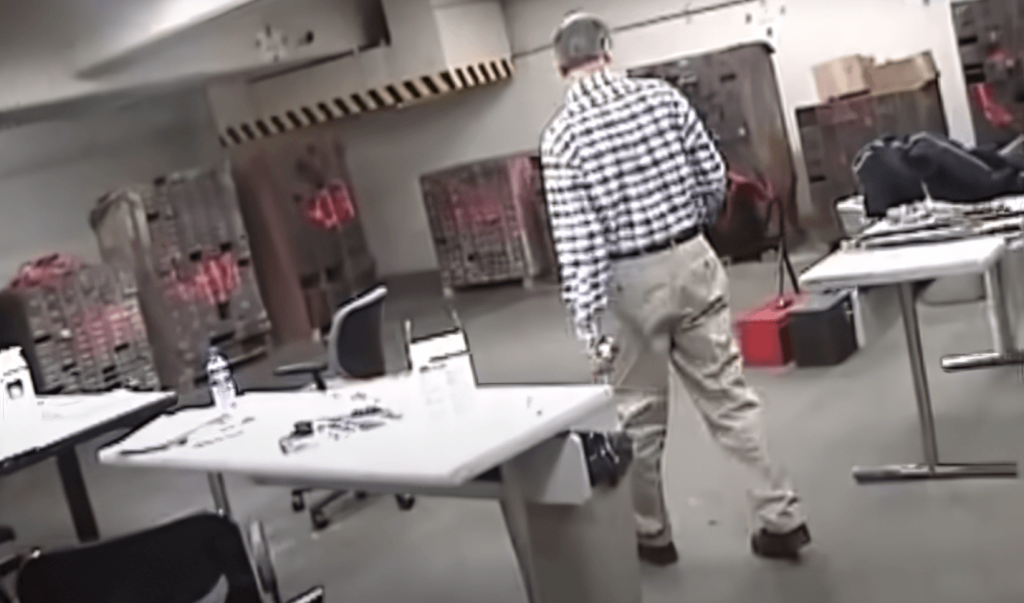
Paul’s safe deposit box was situated in the J.P. Morgan Chase vault, just below street level within the World Trade Center complex. As Renda entered the recovery room, his anticipation of the content of his box grew.
The Collection May Have Escaped Unscathed
The attacks at the World Trade Center resulted in fires that burned incredibly hot throughout the building, both during the plane crashes and after. The fires resulted in unimaginable tragedies with many people dying, but the property damage was nearly as bad.
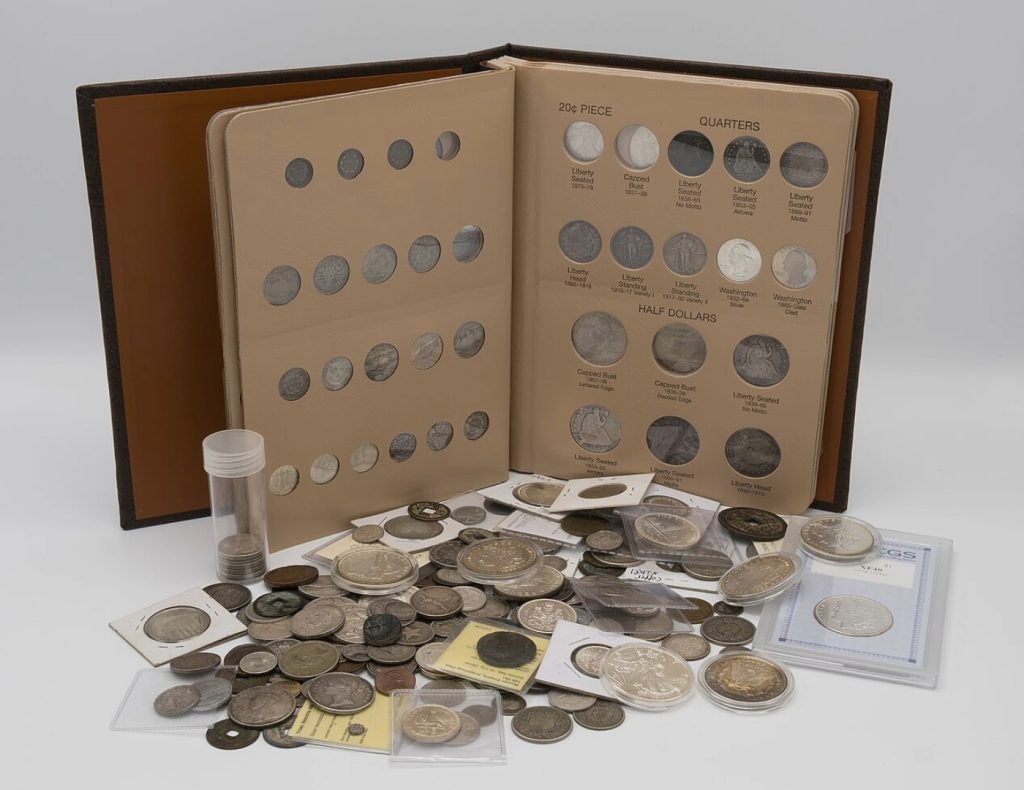
Paul was hopeful that his coin collection might have largely escaped the heat of the fires, though. The melting point of silver is 1763 degrees Fahrenheit, and most fire burns between 1112-1800 degrees Fahrenheit. It was possible that Paul’s collection could have survived the fires, if he was lucky.
Finding The Safety Deposit Box
Within the recovery room there were approximately 20 separate large security deposit cabinets, all made up of individual customer boxes. Paul wasn’t the only person keeping valuable items in the vault at the time of the fire, and the evidence of the destruction was heartbreaking.
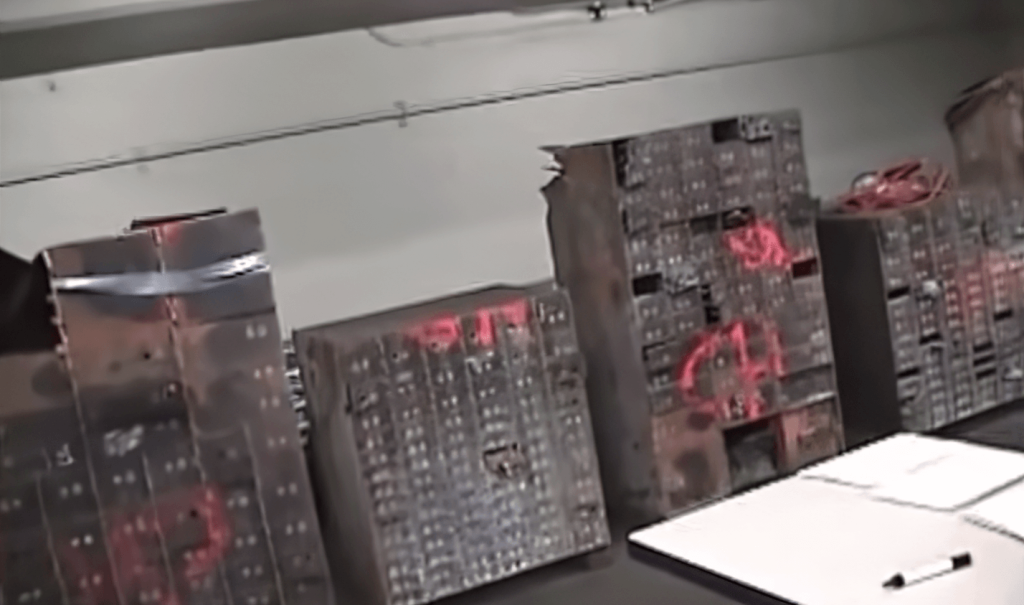
On the front of each box was a number painted in red, outlining which area of the vault the box had come out from. Renda was looking for box 433.
The Condition Of The cabinet Was Questionable
As Paul got closer to his box, he realized the significance of the damage. The storage containers were blackened and fragile, and it appeared that many of them were beyond repair or recovery.
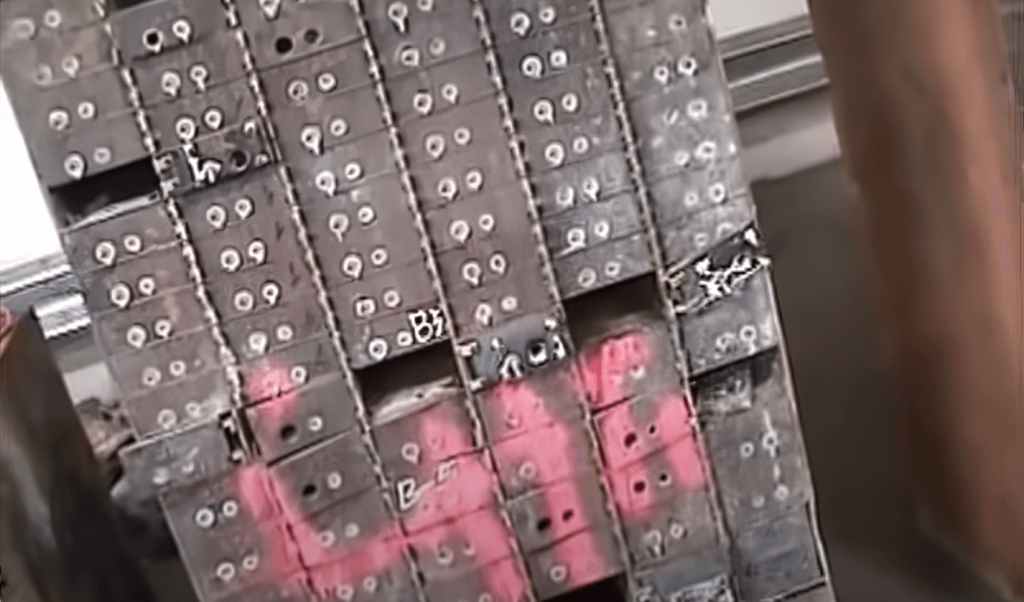
As he was searching for 433, he hoped that his specific box was still in good condition.
Finding Box 433
To his delight, he found box 433, it was a corner box located on the floor. The outside of the box looked in great condition compare to some of the other ones.
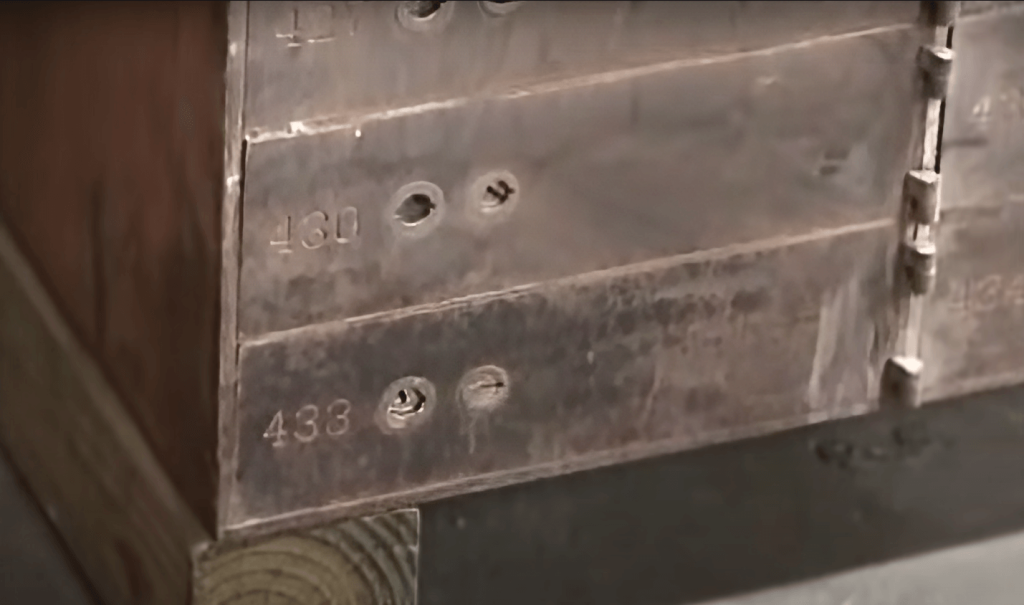
Could this mean that the contents of the box was safe and protected from the fire?
The Key To Reveal The Outcome
Paul had brought his key with him to use. Even though the niceties of security were over, he still wanted to try the key in order to get into his box.

Would The Key Work?
As Paul tired to enter the key into the box, he was met with resistance.
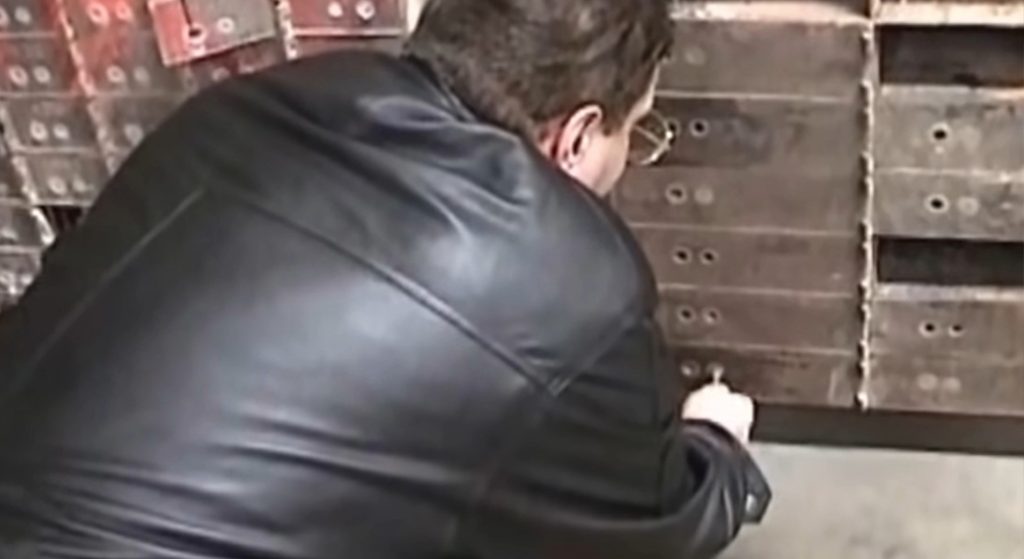
Unfortunately due to the severity of the heat from the fire, the lock itself had melted, leaving the key useless.
Locksmith On Standby
On hand at the recovery room, there was a locksmith ready to break entry into the safety deposit box
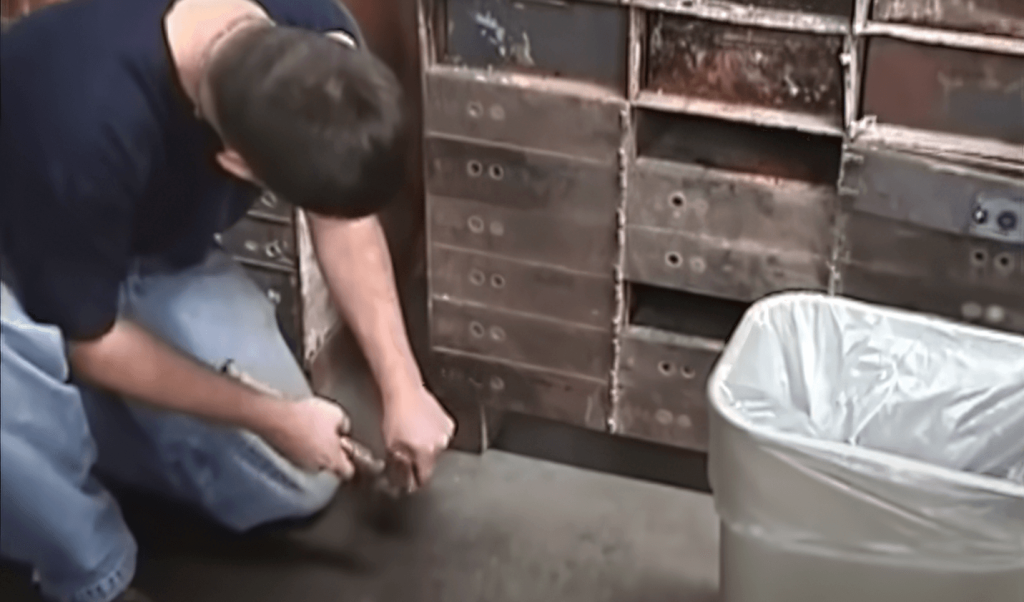
With a few firm strikes on the locking mechanism, the lock broke allowing access to the safety deposit box.
At First Glance The Box Looks In Good Condition
Once the door to the safety box was opened, his hopes grew as he saw that the safety deposit box itself was charred on the outside, but looked to be in remarkably good shape.
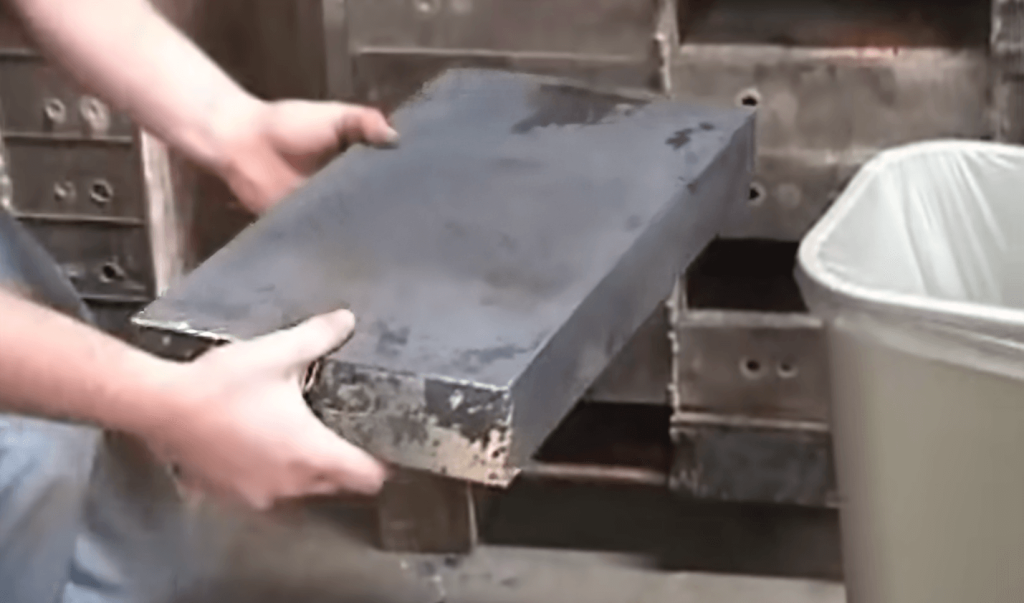
The box had clearly sustained some damage, but it was possible that the coins within were still in good condition. This was in comparison to many of the other boxes, which were clearly beyond saving.
Was The Contents Of The Box Intact?
As Paul went to open his box for the first time, he took a moment for himself. It’s clear that the items inside his box were important to him, and the idea that they may not have survived would be difficult to face for anyone.

As he carefully opened the box, what he would see next would give him the answer he expected.
A Dark Moment
As the lid opened, he was confronted with a dark first impression.
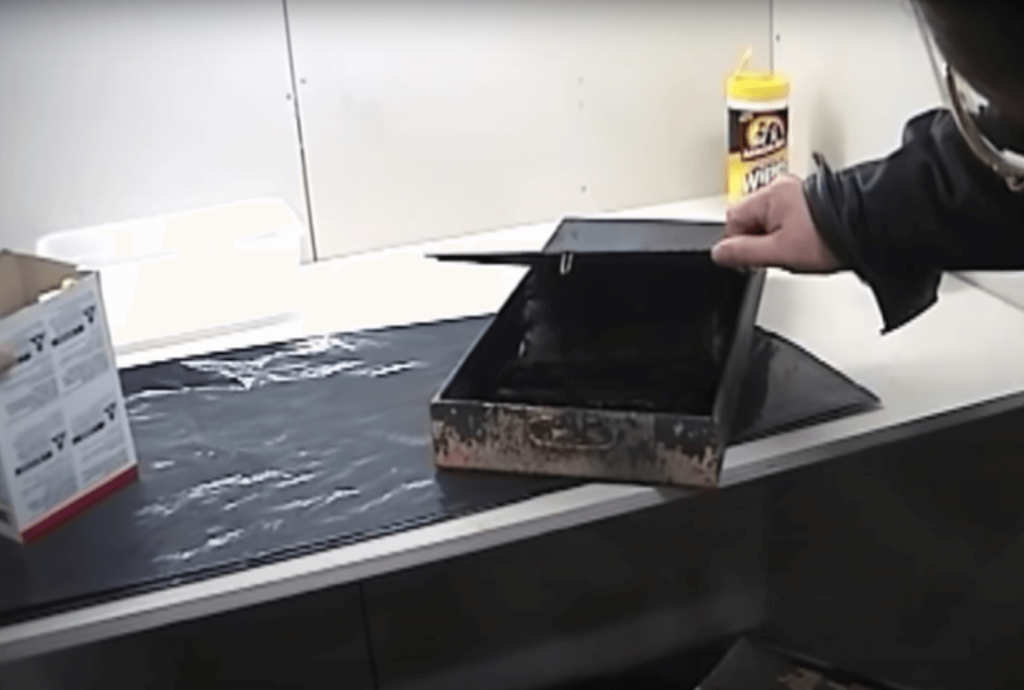
The condition of the contents inside the box was still unknown. Would anything still be intact?
The True Devastation
Once the lid to the box was completely opened, the true results of the fires were revealed. Nearly all of Paul’s collection was severely damaged by the fires that had raged on the street above the vault, reducing his prized collection to a fraction of its former glory.
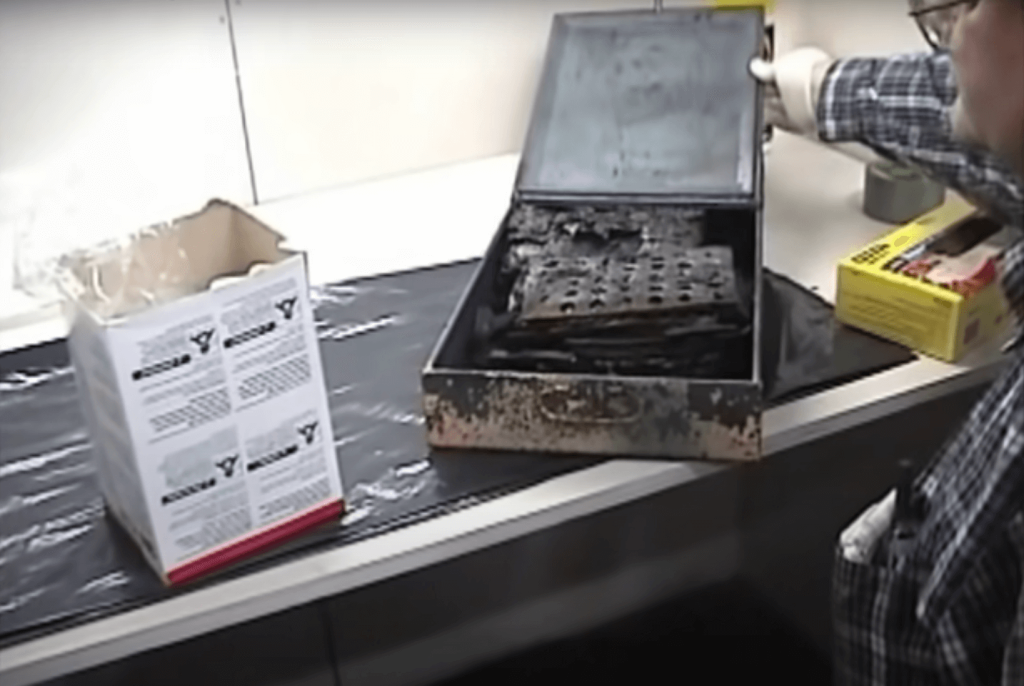
Sadly, most of the coins he retrieved from the box bore horrific heat damage, and the stamps were reduced to carbonized outlines.
The Peace Dollar
Paul’s first item he pulled out was a 1921 Peace Dollar.

Charred and burnt, only the circle shape of the coin remained.
A Response to WWI
The Peace dollar was a coin that was minted for circulation by the US Mint between 1921 and 1928, and then again from 1934 to 1935. The Pittman Act of 1918 required the US Mint strike millions of silver dollar coins, which began with the Morgan dollar design.
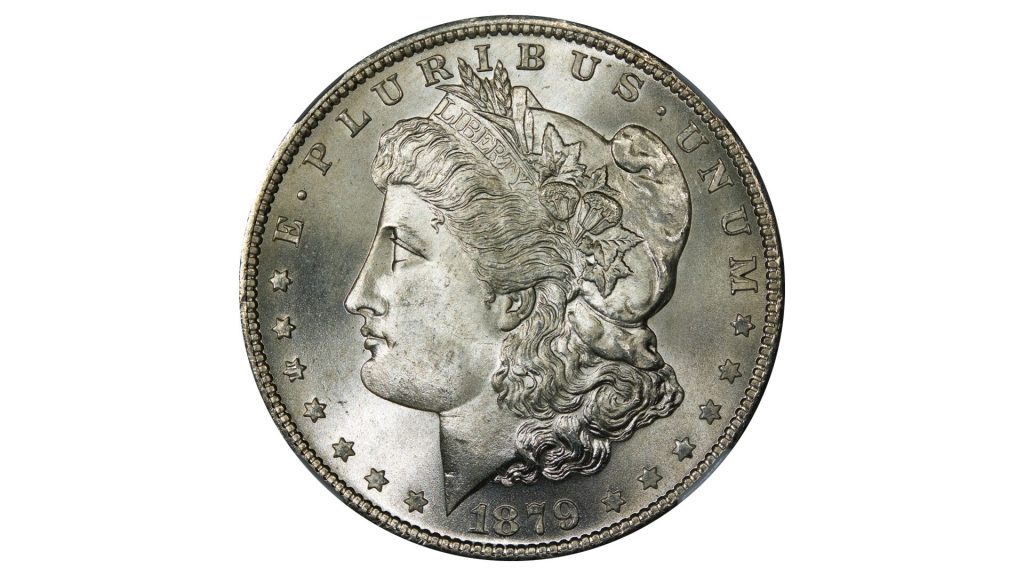
Coin collectors lobbied the mint to design a coin that commemorated the peacetime after WWI, though, and the Peace dollar was designed and minted in response. Approximately 1 million Peace dollars were minted with the 1921 label. The production of the coin halted in 1928 when the Pittman Act requirements were met, but that wasn’t the last that was heard of the coin.
Other Reissuings
Further legislation in 1934 reissued the Peace dollar design, in order to fulfill Congressional legislation that required the mass purchase of domestic silver due to historically low prices. Over 7 million Peace dollars were struck between 1934 and 1935, when production ceased yet again.

Finally, in 1964 a coin shortage pressured Congress to act again. The new silver dollars were meant to be used in Nevada Casinos and other coin-heavy areas, but controversy regarding the minting of the coins eventually halted their production. All coins that were minted in 1964 were eventually melted, making the 1921 Peace dollars the rarest coins of the type.
Disappointment Multiplying
After Paul looked at the Peace dollar, he continued to sort through the safety deposit box, and it became even more abundantly clear that his hopes of recovering his collection were, unfortunately, misplaced. Many pages where the coins could be held were fragile and prone to crumbling as he handled them.
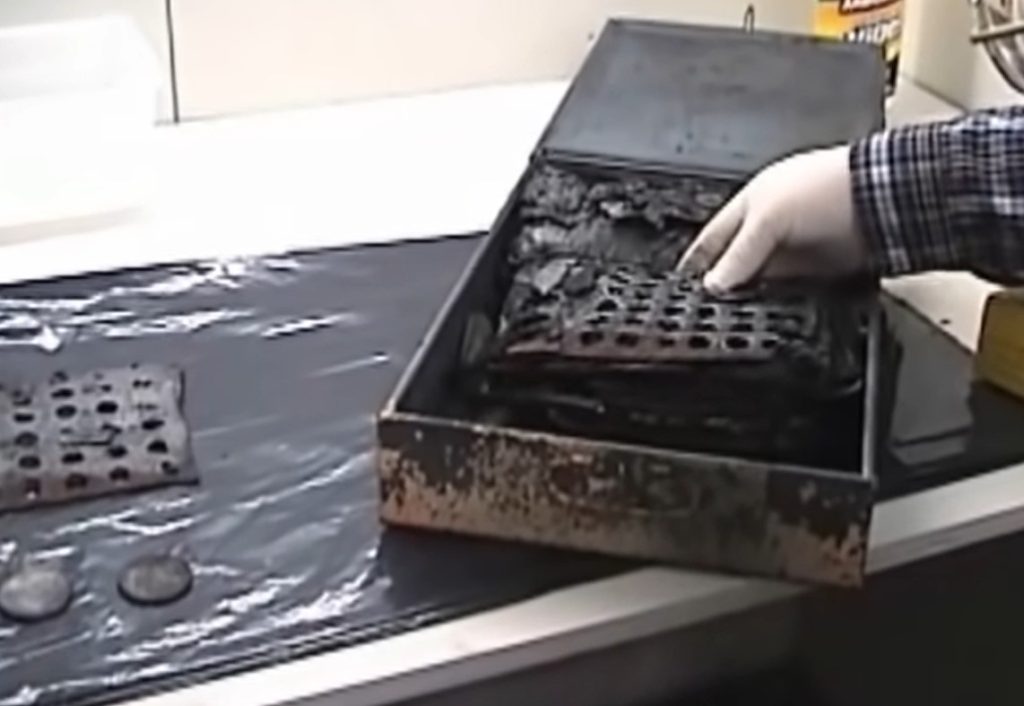
The individual coins that Paul was able to retrieve all sustained significant damage from the fires, appearing blackened and melted together as he sorted through them. Some of the coins were damaged less than others, but even those less damaged were still discolored and blistered on the surface.
Fascinating Under The Surface
Dollars were not the only coins in Paul’s collection, though. He also collected Shield Nickels – nickels that were minted from 1866 until 1883, when they were replaced by the Liberty Head nickel – and Walking Liberty half dollars, which were a half-dollar coin minted from 1916 to 1947.

Paul was fascinated with coin design and minting, with many facets as to why coins were minted and changed in design and adjusted for current events.
The Remaining Items
In addition to the coins such as the Morgan Silver Dollar and the Franklin Half Dollar, there were many other rare artifacts damaged.
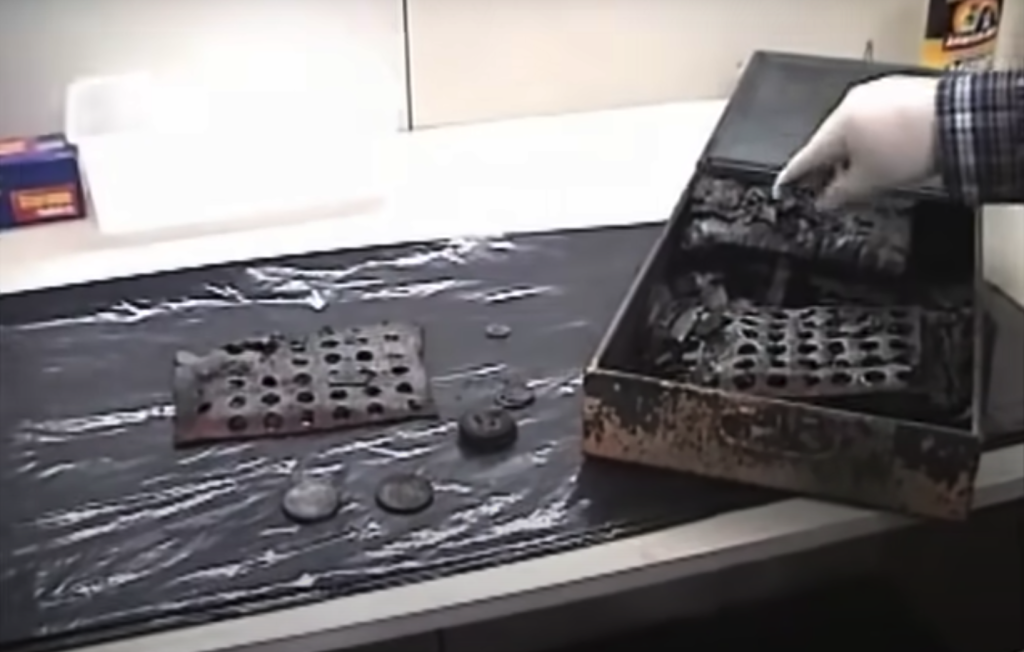
His stamp collection, which had a unique history, having flown on the ill-fated Challenger shuttle in 1984. Remarkably survived the 9/11 inferno as carbonized remnants.
The Impact of the Fire
The melting point of silver is 1,763 degrees Fahrenheit, giving a hint at the intense temperatures that the coins and other memorabilia had to endure during the fires of the World Trade Center. It would have been a miracle if Paul’s items had survived with no damage, but there was a small silver lining as Paul sorted through the destruction of his property.

Source: Youtube prenda0000
Settlement
J.P. Morgan Chase, acknowledging the loss suffered by Paul and others, extended a settlement offer for the damaged property. However, the offered settlement amounted to a mere $2,000, a fraction of the estimated value of the coins before the 9/11 catastrophe.

Paul reveals that the value of the coins that were destroyed was somewhere around $65,000.
Despite the offer, Paul chose not to accept the settlement, driven by a desire to preserve the memory of what transpired in the J.P. Morgan vault and the broader World Trade Center context.
Preserving History
Paul’s commitment to preserving history extends beyond his own personal artifacts. He has generously donated some of the recovered coins to several museums, including the Franklin Institute and the 9/11 Museum at the World Trade Center.

These donations serve as a testament to his unwavering determination to ensure that the legacy of 9/11, and the artifacts it left behind, are shared with future generations.


